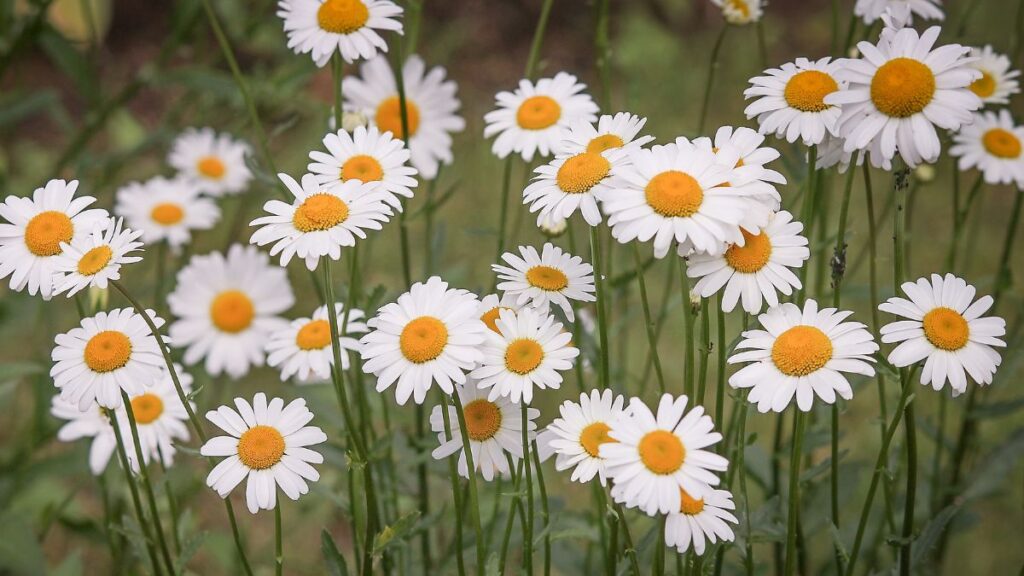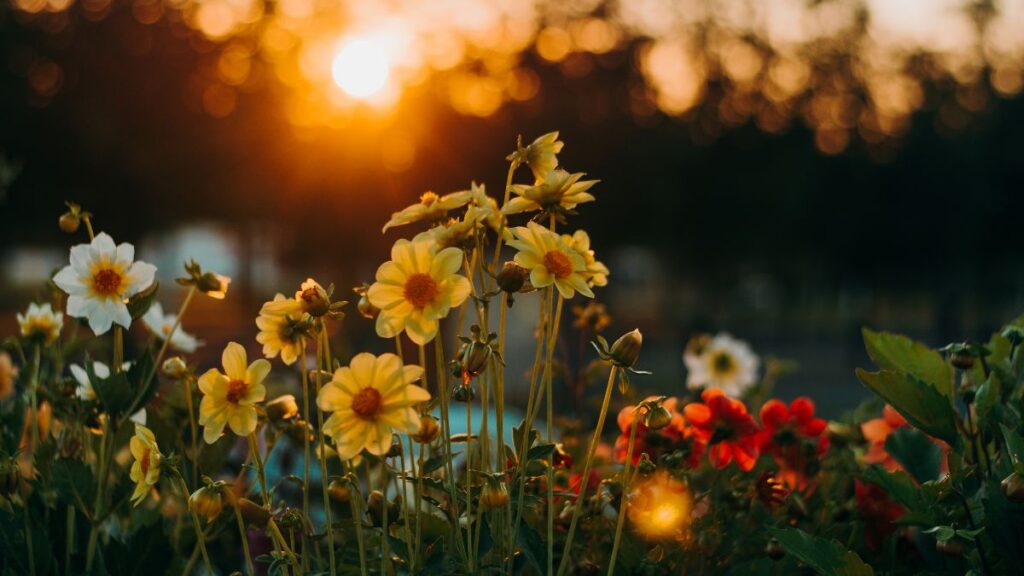Introduction
The Mimosa flower, scientifically known as Mimosa pudica, is a fascinating plant known for its unique characteristics and rich history. Native to South and Central America, this delicate flower has captured the attention of botanists, artists, and nature enthusiasts worldwide. Its name, derived from the Latin word “mimus,” meaning mime or actor, reflects its intriguing ability to respond to touch, as its leaves fold inward when disturbed, resembling a shy gesture.

Botanical Characteristics of the Mimosa Flower
The Mimosa flower is a member of the Fabaceae family, commonly known as the pea family. It is a small, herbaceous plant with compound leaves that are fern-like in appearance. The flowers are pom-pom shaped, consisting of numerous tiny pink or purple stamens, giving them a fluffy, ball-like appearance. The plant itself is relatively low-growing, reaching a height of about 18 inches, making it an ideal choice for ground cover or decorative borders in gardens.
The History and Origin of the Mimosa Flower
The history of the Mimosa flower dates back centuries, with its origins rooted in the tropical regions of the Americas. Indigenous peoples of these areas have long used various parts of the plant for medicinal purposes, such as treating skin conditions and digestive issues. The plant’s unique folding mechanism also intrigued early botanists and naturalists, leading to its introduction to other parts of the world as an ornamental plant.
Cultural and Symbolic Significance of the Mimosa Flower
In many cultures, the Mimosa flower holds symbolic significance. In some regions of South America, it is associated with femininity and motherhood, while in others, it symbolizes sensitivity and resilience. In Japan, the flower is linked to the concept of “wabi-sabi,” which embraces imperfection and transience, highlighting the beauty in fleeting moments.
Growing Conditions and Care for Mimosa Flowers
Mimosa flowers thrive in warm, tropical climates with well-drained soil and plenty of sunlight. They are relatively low-maintenance plants, requiring regular watering and occasional fertilization. However, they are sensitive to cold temperatures and should be protected during winter months in cooler regions.
Varieties and Colors of the Mimosa Flower
There are several varieties of Mimosa flowers, each with its unique characteristics and colours. The most common variety, Mimosa pudica, features pink or purple flowers, but other varieties may have white, yellow, or red blooms. Some varieties also have variegated leaves, adding to their ornamental appeal.
Uses of the Mimosa Flower in Traditional Medicine
The Mimosa flower has a long history of use in traditional medicine for its various healing properties. The plant’s leaves, roots, and flowers are believed to have anti-inflammatory, antimicrobial, and analgesic properties, making them valuable in treating a range of ailments, from skin irritations to digestive disorders.
Mimosa Flower in Literature and Art
The Mimosa flower has inspired countless works of literature and art throughout history. Its delicate beauty and unique characteristics have been depicted in paintings, poems, and prose, capturing the imagination of artists and writers alike. In literature, the flower is often used as a symbol of sensitivity, femininity, and fleeting beauty, adding depth and meaning to literary works.

Conservation Efforts for the Mimosa Flower
Conservation efforts for the Mimosa flower are crucial due to threats such as habitat loss, climate change, and invasive species. Conservationists work to protect natural habitats where Mimosa flowers grow, promote sustainable practices, and raise awareness about the importance of preserving biodiversity.
Folklore and Legends Surrounding the Mimosa Flower
In some cultures, the Mimosa flower is associated with myths and folklore. For example, in Brazil, it is believed that the flower can bring good luck and ward off evil spirits. In India, the plant is linked to the deity Lord Krishna, who is said to have loved the flower’s fragrance.
Seasonal Blooming Patterns of the Mimosa Flower
The Mimosa flower typically blooms in the spring and summer months, although the exact timing can vary depending on the climate and growing conditions. The flowers are known for their vibrant colours and sweet fragrance, attracting bees and butterflies for pollination.
Pollination and Reproduction of the Mimosa Flower
Mimosa flowers rely on pollinators such as bees and butterflies for reproduction. The flowers produce nectar to attract pollinators, and as they feed, they inadvertently transfer pollen from one flower to another, allowing for fertilization and seed production.
Challenges and Threats to the Mimosa Flower’s Survival
The Mimosa flower faces several challenges to its survival, including habitat destruction, climate change, and pollution. Invasive species can also pose a threat by competing for resources or disrupting the flower’s natural habitat.
Culinary Uses of the Mimosa Flower
In some cultures, the Mimosa flower is used in culinary dishes for its delicate flavour and aromatic qualities. The flowers can be used to add colour and flavour to salads, desserts, and beverages, adding a unique touch to the culinary experience.

Conclusion:
The Mimosa flower is a symbol of beauty, resilience, and cultural significance. Its unique characteristics and rich history make it a valuable part of the natural world, deserving of conservation efforts and appreciation for generations to come.
FAQs
Q. What does the mimosa flower symbolize?
A. The mimosa flower is often associated with sensitivity, grace, and purity. Its ability to close its leaves in response to touch has led to various symbolic interpretations, including themes of protection, shyness, and modesty.
Q. How do you grow mimosa flowers?
A. Mimosa flowers are relatively easy to grow and care for. They thrive in well-drained soil and require ample sunlight to flourish. Regular watering is essential, but overwatering should be avoided to prevent root rot.
Q. Are mimosa flowers edible?
A. Yes, mimosa flowers are edible and are used in some cuisines as a culinary ingredient. They can be added to salads, desserts, and beverages for their subtle floral aroma and taste.
Q. What is the cultural significance of mimosa flowers?
A. The mimosa flower has a long history of cultural significance, representing sensitivity, empathy, and emotional awareness in some cultures.
Q. How long does a mimosa flower bloom?
A. Mimosa flowers typically bloom in clusters and have a relatively short blooming period, usually lasting for a few weeks depending on environmental conditions.
